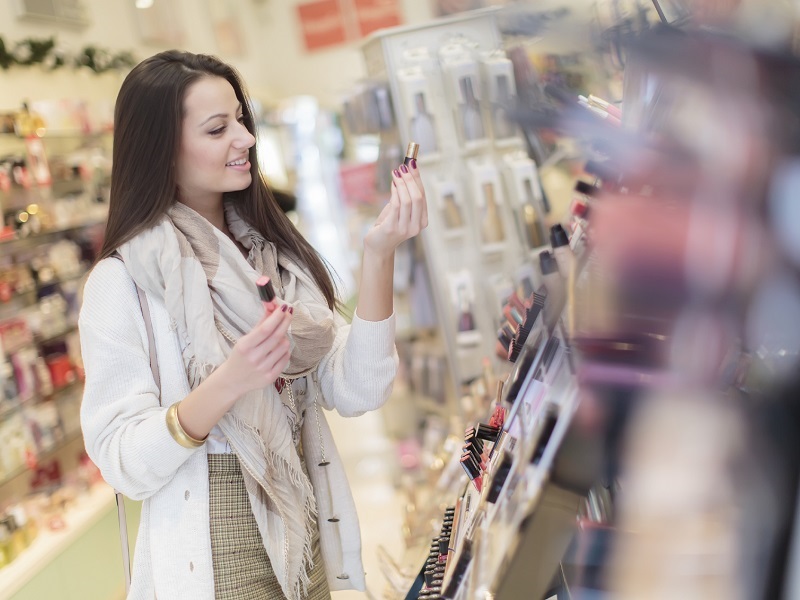Gender affects what kind of products we are attracted to and also the amount of money we are expected to pay for them. Women are made to pay more for products in general. Then there are the specific items which only apply to females, for example sanitary products which are currently taxed as ‘luxury items’ at 5%.
But how do people explain this?
One explanation is that the different life orientations of men and women influence their consumer behaviour. Men follow agentic goals (life goals directed toward task-orientated thinking and performance-motivated acting). Women follow communal goals (those directed toward social and emotional relationships with others). Females have consistently been shown to have a more positive outlook on luxury brands to help reach such goals. Women are also more responsive to the uniqueness, hedonic and status value of luxury brands.
Despite the fact that the functional value of luxury brands is usually not significantly higher than those of non-luxury brands, luxury brands can achieve significant price premiums when being marketed. And as expected, the price for female luxury brands is higher compared to male counterparts.
Alternatively, males are more prone to financial risk taking, which is also seen as a more masculine trait in Western cultures. Males may be more inclined to buy a cheaper product and risk low quality, where females may be more inclined to invest a little more to ensure quality of purchase.
In an experiment by Emotional Logic, participants were given an unnamed drink and asked to guess whether it was a high or low-quality brand, what they guessed the price was, and whether they’d buy it. The following table shows the answers, split by gender.
More females guessed the drink to be a low-quality brand, yet they still assumed that the price was more than males did. Perhaps this is because of being used to being charged more than their male counterparts. Equally, males were more willing to buy the drink, despite 64% of them judging it to be of low quality. Could quality in general be less important to males?
To understand what really drives consumers, Emotional Logic use an approach called the ‘Motivations Deep Dive’. For more information, follow the link: https://www.emotional-logic.co.uk/research-solution/grow-brand-equity-loyalty/

